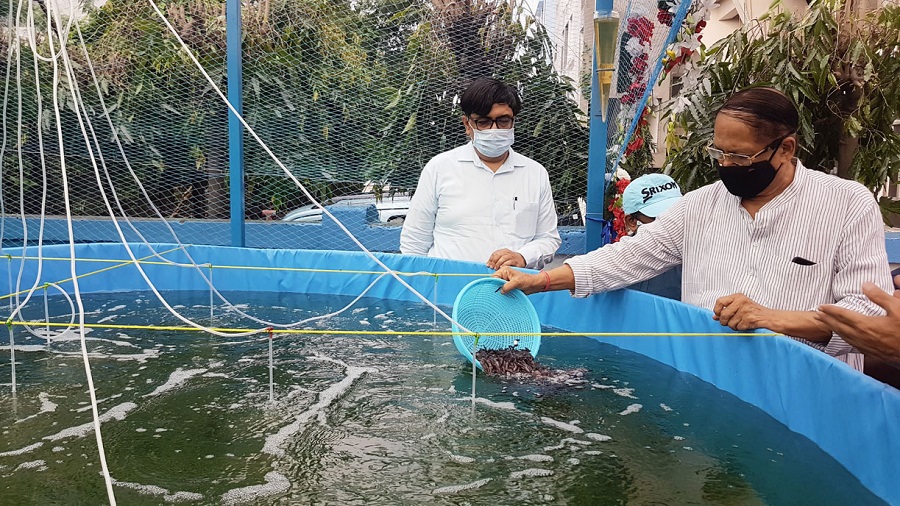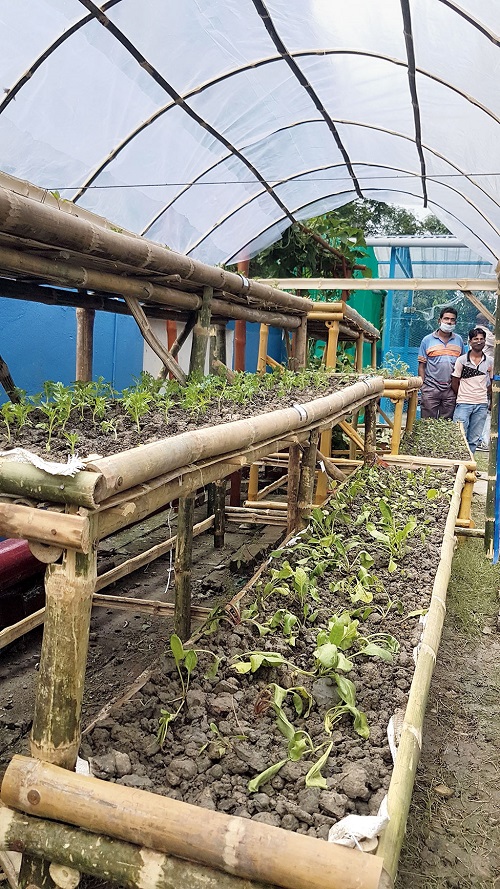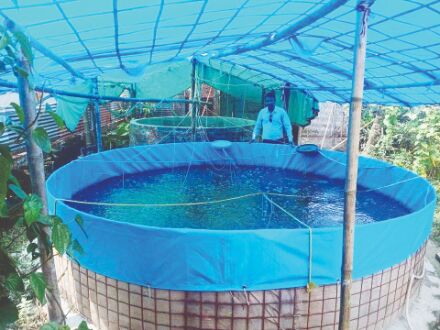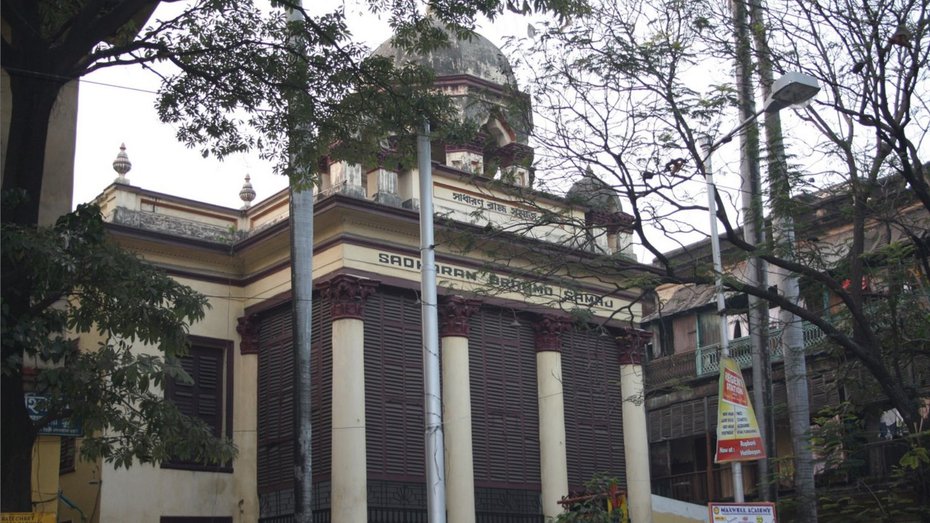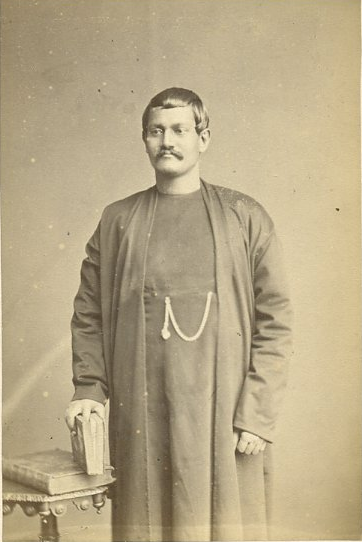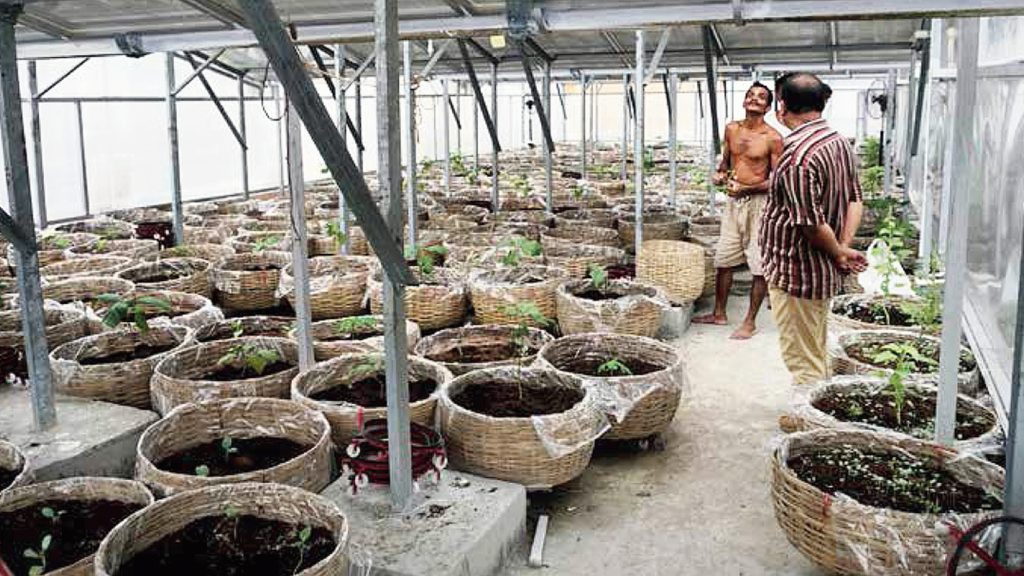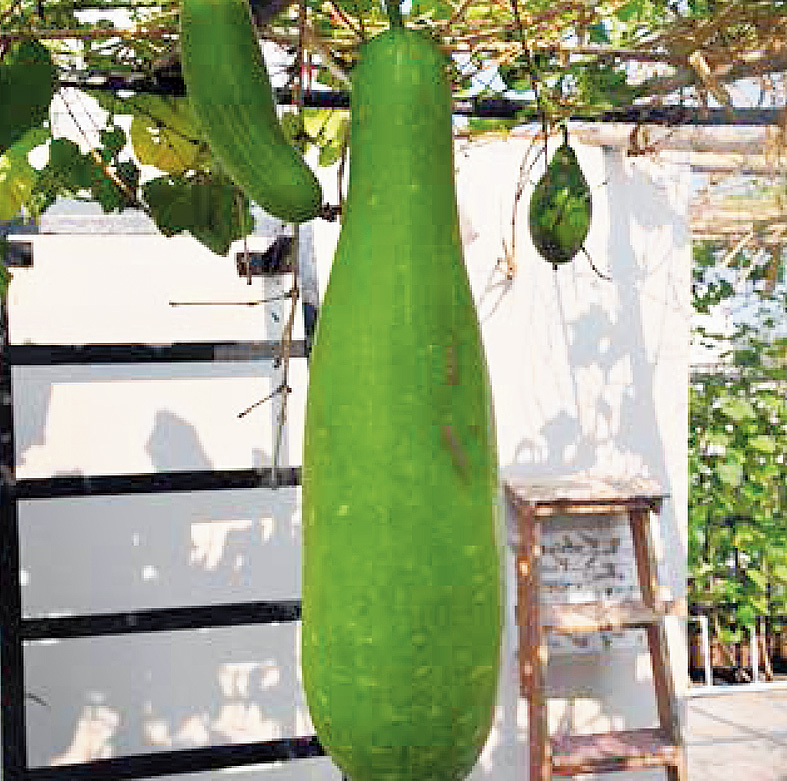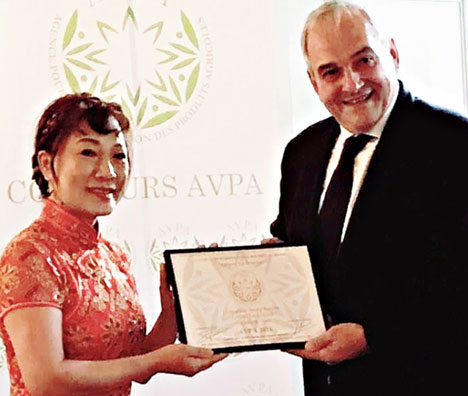A state government agency delivering essential items has outsourced its entire operation to the women of Self Help Groups in various districts.
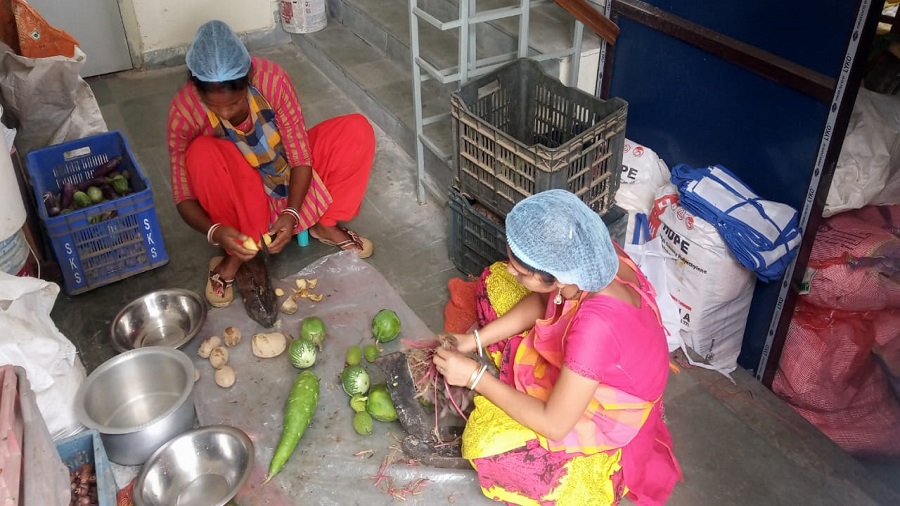
A doorstep delivery of essential items for senior citizens during the lockdown has now turned into a full-fledged delivery system for the entire city and parts of Howrah.
A state government agency has been promising everything — from locally produced vegetables and select fruits to grocery, fish and meat products — at the doorstep.
The West Bengal Comprehensive Area Development Corporation has been delivering such items and more to people in Calcutta within hours of them placing orders on WhatsApp or on the department’s website.
The corporation is an autonomous organisation under the Panchayat and Rural Development Department.
Freshly-cooked meals, too, are available. The entire operation has been outsourced to the women of Self Help Groups in various districts.
The corporation, which has been training members of Self Help Groups in agriculture, fishery and animal resource development, used to sell their produce in New Town before the pandemic struck. They sold at fairs and haats (Ahare Bangla and Saras), too.
The corporation started doorstep delivery for the elderly once the Centre announced the lockdown. A WhatsApp group was formed.
Also, the state government began an exercise to create a database of all senior citizens living on their own in Calcutta, Howrah and Salt Lake.
Orders are placed on the WhatsApp group or on the corporation’s website.
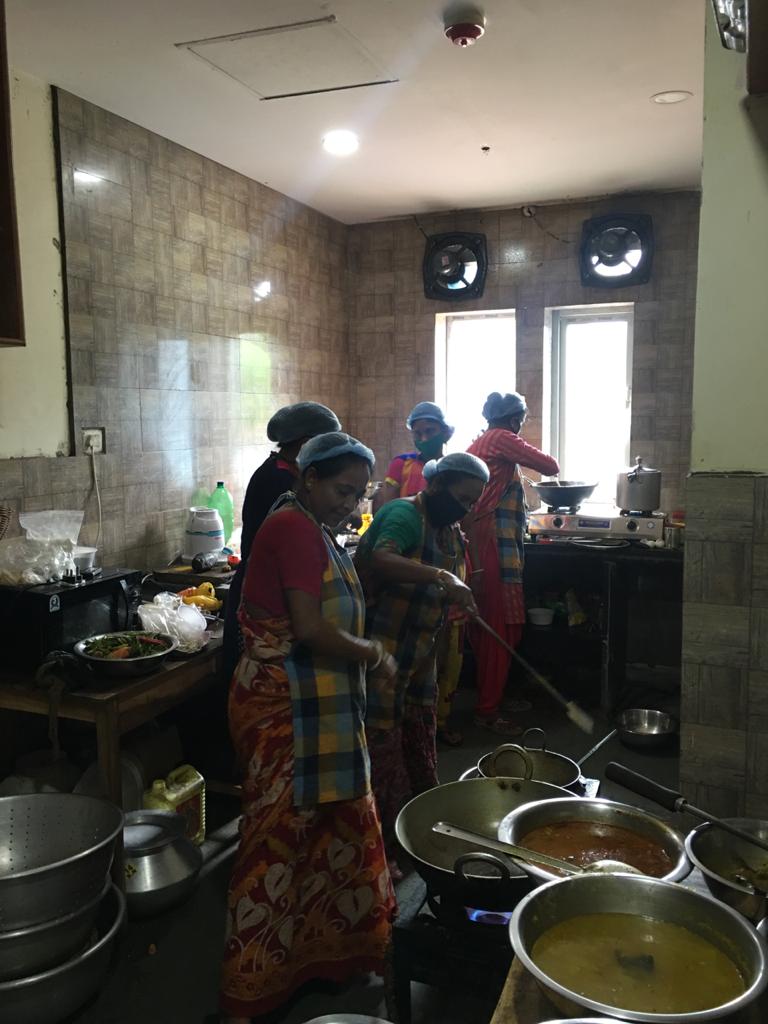
The corporation started expanding from vegetables, essential items such as pulses, cereals, and oil, and fish and meat to cooked meals, moringa powder, Mecha sandesh (a GI product from Beliatore in Bankura), crabs, Kadaknath chicken and fresh hilsa.
Before Durga Puja, the corporation intends to introduce chicken dust, mango flake, and dried fruits.
Primarily, Self Help Groups were trained in pisciculture and rearing animal husbandry. “We are into research, output and production,” Soumyajit Das, special secretary, Panchayat and Rural Development, said.
Das personally responds to every WhatsApp order. “The initiative here is to empower women, the entire operation is run by women from Self Help Groups handpicked by us.”
Piu Bag from Birohi Mahila Samannay Samiti in the Haringhata Block has been supervising girls from her Self Help Group in the supply of vegetables to the corporation this month.
“We cultivate bottle gourds, ladies fingers, onions, cauliflowers… we have been supplying to the corporation after the lockdown. We are getting a better price here than elsewhere. My girls are helping out in the corporation canteen, too, and they get a monthly salary,” Bag said.
Salekha Khatun from Hariharpara in Murshidabad is part of Nil Akash Mahila Samannay Samiti, which supplies spices and pulses to the corporation. “We have leased out 50 bighas this time in the hope of getting more orders from the corporation.”’
The department is now trying to grow the produce locally and Self Help Groups are being trained in vertical gardening and maintaining bioflock ponds at Mrittika Bhavan, the corporation headquarters.
“We have noticed we need to produce locally to maintain quality. So, we are training them to grow here in Calcutta where they are supplying,” Das said.
All customers give their feedback on the WhatsApp group and every complaint is attended to.
Indranil Hazra from Belgachhia said: “A friend sent me the link to the WhatsApp group and I have been ordering since April. I am very impressed with the professional service as well as the range and quality of products.”
His neighbour Subhasree Banerjee, a Corona warrior, along with her husband, too, have benefitted from the service.
source: http://www.telegraphindia.com / The Telegraph Online / Home> West Bengal> Calcutta / by Anasuya Basu / Calcutta – October 11th, 2020
